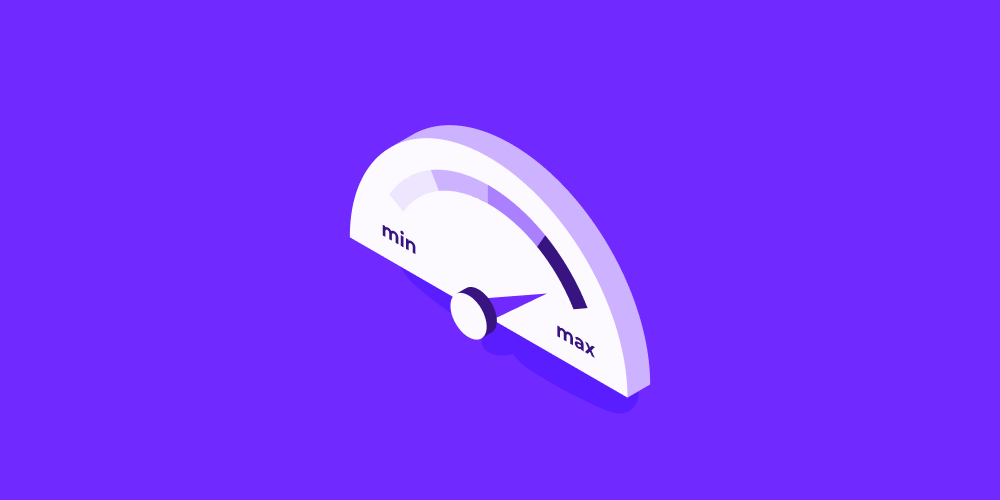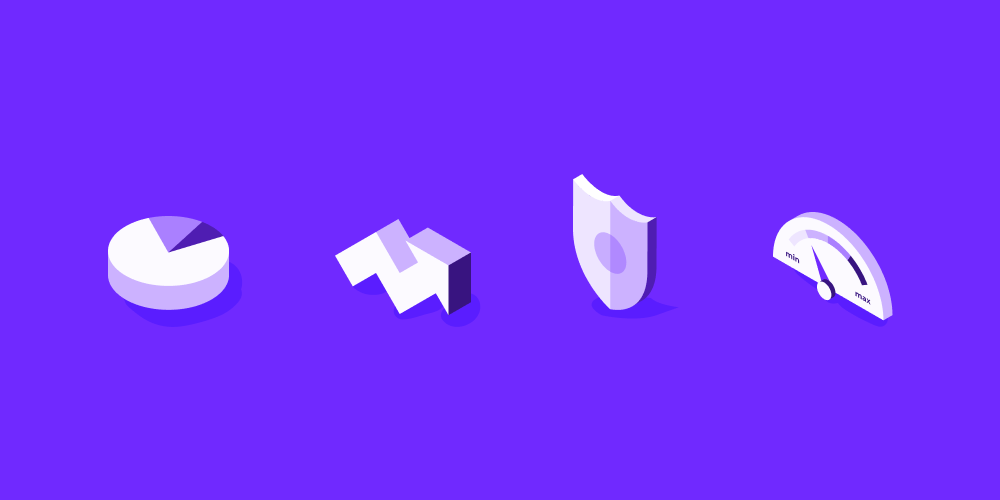How to Maximize Your Retirement Savings with a Self-Directed Solo 401(k)
If you’re self-employed, you understand both the freedom and responsibility that come with running your own business. You may also be eligible to...
In today's fast-paced world, it's easy for individuals to lose track of their old 401(k) accounts from previous employers. For many folks, job transitions are stressful, and there are a lot of moving parts, and sometimes you simply forget about the 401(k) account you have with a previous employer. However, these abandoned funds can actually hold substantial value for your financial future. In this blog, we will delve into the necessary steps to locate these forgotten accounts and provide guidance on how to effectively manage them once they have been found.
A great place to start is to begin examining your employment history and gathering any relevant information that could help you track down your old accounts. Previous pay stubs, tax forms, or even old emails could provide valuable information.
You can also reach out to the human resources departments of your previous employers. They can provide guidance on locating your old 401(k) accounts and provide necessary contact information for plan administrators.
There are also a host of online resources available. State and federal databases are designed to help people find lost retirement accounts. Additionally, there are online tools and services available that can assist in locating your old 401(k) accounts.
Once you have assessed your old 401(k) accounts, it's time to decide the best course of action for managing them.
Option 1: Rolling over into a new employer's plan: If your current employer offers a 401(k) plan, consolidating your old accounts into the new plan can simplify management. Consider the benefits of consolidating accounts and understand the procedures and potential fees associated with transferring funds.
Option 2: Rolling over into an Individual Retirement Account (IRA): Rolling over your old 401(k) accounts into an IRA provides you with more control over your investments and potential tax advantages. Decide between a traditional or Roth IRA based on your financial goals and circumstances.
Option 3: Leaving the account as is: In some cases, leaving the old 401(k) account untouched might be the best choice. Evaluate the account's performance, fees, and any benefits associated with it, such as access to unique investment options or loan provisions.
Once you have made a decision about what to do with your old 401(k) accounts, it's essential to take the necessary steps for implementation and ongoing management.
Initiating a rollover or transfer: Contact the receiving institution, whether it's a new employer's plan or an IRA provider, and follow their procedures for initiating the transfer or rollover.
Consolidating and monitoring accounts: Update your personal records and beneficiaries to ensure accuracy. Regularly review the performance of your new consolidated account and make any necessary adjustments based on your specific goals.
Finding and managing old 401(k) accounts is a crucial step toward securing your financial future. By following the steps outlined in this blog, you can locate your forgotten funds and make informed decisions on how to handle them. Taking control of these assets through consolidation and strategic decision-making empowers you to optimize your retirement savings and work towards a financially comfortable future.

If you’re self-employed, you understand both the freedom and responsibility that come with running your own business. You may also be eligible to...

In today’s investing landscape, many individuals are asking the question: What are the benefits of investing in alternative assets? As traditional...

Alternative asset investment is no longer reserved for hedge funds and institutional players. Thanks to platforms like Rocket Dollar, everyday...

Financial planning is a critical aspect of securing a stable future. Without proper financial planning, individuals may face challenges such as...

It takes seasoned professionals to recognize solid investment opportunities, and Rocket Dollar’s latest partnership provides a wealth of...

You know what you're supposed to do to avoid risk: diversify, diversify, diversify.